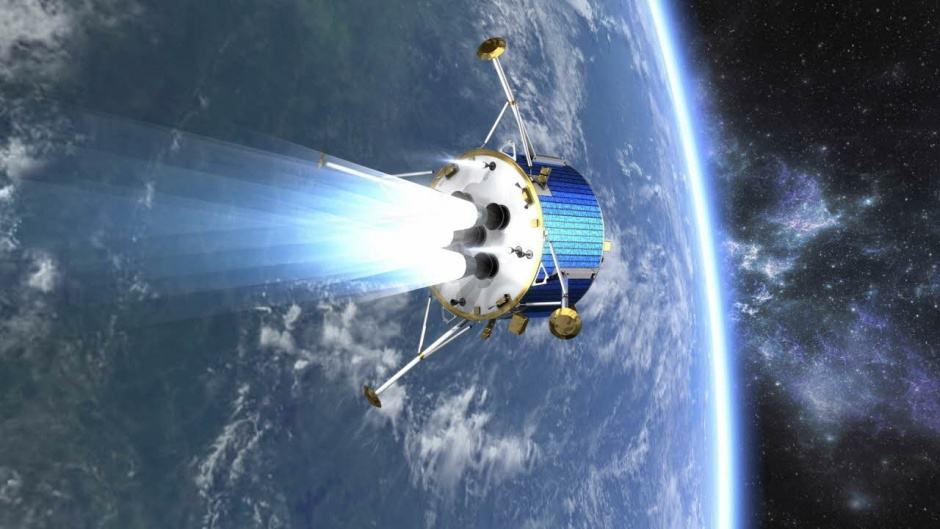
A team from the Department of Physics and Astronomy’s Space Research Centre have built the first prototype 10W RTG (radioisotope thermoelectric generators) and 3W RHU (radioisotope heater units) that will use electrical heating to simulate the heat generated by an americium-241 source.
“Radioisotope power sources are an important technology for future European space exploration missions as their use would result in more capable spacecraft,” said project leader Richard Ambrosi, Professor of Space Instrumentation & Space Nuclear Power Systems at Leicester University. “Missions using nuclear power offer greater versatility in challenging environments, with one mission delivering the science that might only be achieved from several missions using solar power, with considerably longer operational lifetimes. In many cases nuclear systems can enable missions that would otherwise be impossible.”
National Nuclear Laboratory (NNL) is leading the production of americium-241 from the UK’s civil plutonium stocks, plus the development of the americium fuel in pellet form. NNL will provide the fuel for the power systems being developed by Leicester University and partners.
The 10W RTG prototype was developed along with Airbus Defence and Space, Queen Mary University of London, European Thermodynamics, Lockheed Martin UK, and Fluid Gravity Engineering.
Building on the development and testing of a 4W lab-based RTG prototype, the latest americium-241-fuelled iteration will be able to generate up to 50W of electrical power.
European Thermodynamics are involved in the development of the thermoelectric and thermal management technology in the project, which is funded by the European Space Agency.
“We look forward to developing further energy harvesting products and embedding this technology into terrestrial applications,” said technical director Kevin Simpson.
Furthermore, by working with Lockheed Martin UK, Johnson Matthey and National Nuclear Laboratory, Leicester have developed and tested a 3W RHU, which has been designed to keep spacecraft warm in challenging environments.
Prof Ambrosi said the European space programme has focused on americium-241 and the UK has ‘unique resources’ on which to build an independent European capability in space nuclear power.
“Currently the focus is on two development projects aimed at scale-up of the laboratory systems to more flight-like experimental prototypes,” he said. “In both cases, electrical heating is being used to enable development in the lab.”
Dr Hugo Williams, the engineering lead for the project, said: “Space nuclear power presents some exciting materials challenges, such as materials that must operate at very high temperatures and mechanical loads, through to thermoelectric materials; smart material that converts the thermal energy to electrical energy. Development and characterisation of these materials have potential benefits in many other applications.”
Energy harvesting from RHUs using thermoelectric conversion could prove viable for smaller missions where small amounts of electrical power combined with heat sources could open a range of space exploration scenarios.
Prof Ambrosi added that improving the efficient storage and management of the power generated is a challenge that has parallels in terrestrial power generation. These will be essential elements in any future system designs.




Project to investigate hybrid approach to titanium manufacturing
What is this a hybrid of? Superplastic forming tends to be performed slowly as otherwise the behaviour is the hot creep that typifies hot...